... the available works page
gives an overview and links.
|
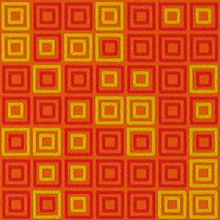
 art ex machina (georg nees) art ex machina (georg nees) 
|
... on the arrival of the
computer in architecture.
|
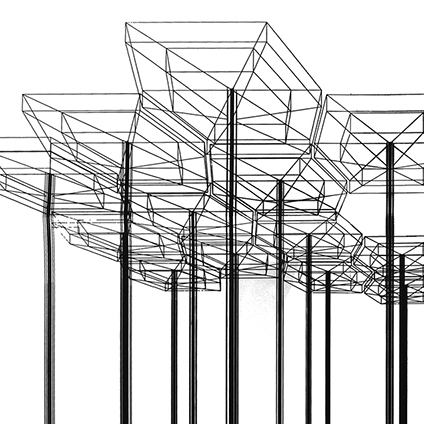
 computer art pavilion (nees rase) computer art pavilion (nees rase) 
|
... on tapestry and digital art, and
on machine revolutions.
|
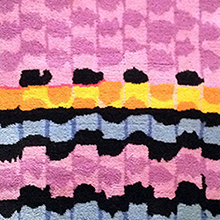
 computer art tapestry (frieder nake) computer art tapestry (frieder nake) 
|
... on the New Golden Age of Art
and the messages of the
Dutch Golden Age.
|
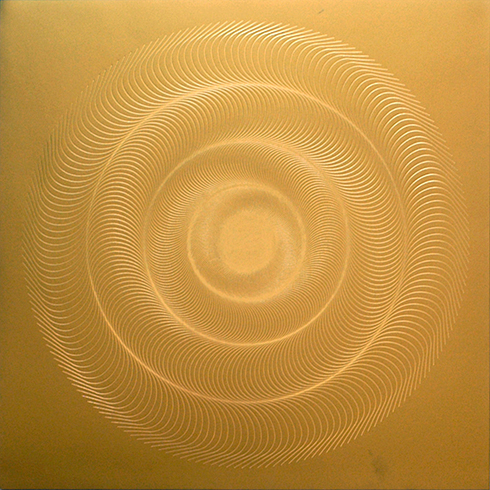
 computer art print (frank boettger) computer art print (frank boettger) 
|
... see prints of Nees early
generative computer art,
generated between 1965 and 1970.
|
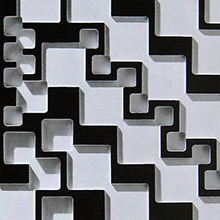
 detail plastik 1 print (georg nees) detail plastik 1 print (georg nees) 
|
... see some of Frieder Nake's
early works.
|
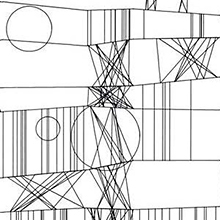
 detail hommage à paul klee (nake) detail hommage à paul klee (nake) 
|
Exploring new worlds and
new perspectives was Herbert W.
Franke's passion and art:
See the visual art of a
notoriously curious human...
|
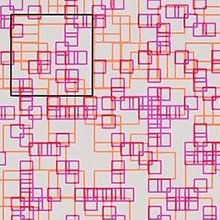
 detail squares (herbert w. franke) detail squares (herbert w. franke) 
|
... research, experiment, art.
Catch a glimpse of Manfed Mohr's work
from his early algorithmic inscriptions
to the carved out projections
of multidimensional constructions.
|
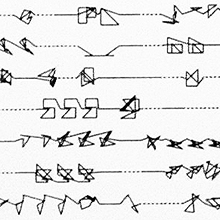
 scratch ode (manfred mohr) scratch ode (manfred mohr) 
|
The »red« edition was a brain child
of Max Bense, a significant theorist of
information aesthetics and supporter
of early computer art.
On display ist the first decade of
the edition, including important
publications on computer art.
Plus a list of the 40+1.
|
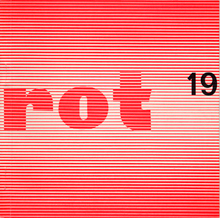
 georg nees/computer/max bense: #19 georg nees/computer/max bense: #19 
|
The Cybernetic Serendipity exhibition
held in London 1968 was the first
major show dedicated to computer art.
See seven authentic prints of iconic
computer graphics presented in this
legendary exhibition.
|
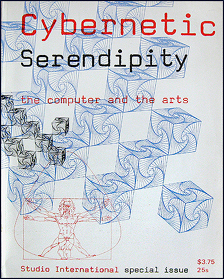
 the cybernetic serendipity catalogue the cybernetic serendipity catalogue 
|
R. D. E. Oxenaar designed the yearly
summer stamp edition 1970 for the Netherlands.
For the first time computer graphics
were used as a stamp motif.
|
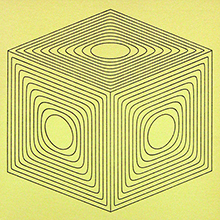
 r. d. e. oxenaar: motif zomerzegel r. d. e. oxenaar: motif zomerzegel 
|
A group of computer graphic specialists
and an artist created a variety of
computer graphics in 1971/72.
See their algorithmic works which are
brilliant examples of early
mainframe experimentalism.
Special: Rolf Wölk
|
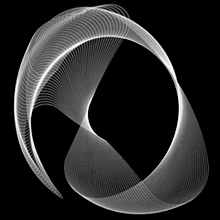
 frank boettger: nonlinear interpolation IV frank boettger: nonlinear interpolation IV 
|
The computer graphic »Kubo-Oktaeder«
is a co-production of computer art pioneer
Georg Nees and architect Ludwig Rase.
The motif is a symbol for the introduction of
the computer in the world of architecture.
|
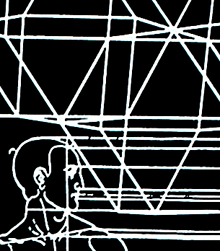
 detail kubo-oktaeder print (rase-nees) detail kubo-oktaeder print (rase-nees) 
|
Will machines take over the art
world? In 1972 computer artists
entered the official art market
by the help of a Canadian gallerist and
editeur, Gilles Gheerbrant.
His »Art Ex Machina« edition
was a milestone for computer art...
|
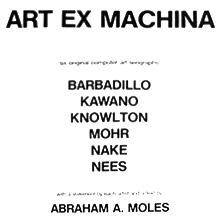
 art ex machina portfolio 1972 art ex machina portfolio 1972 
|















